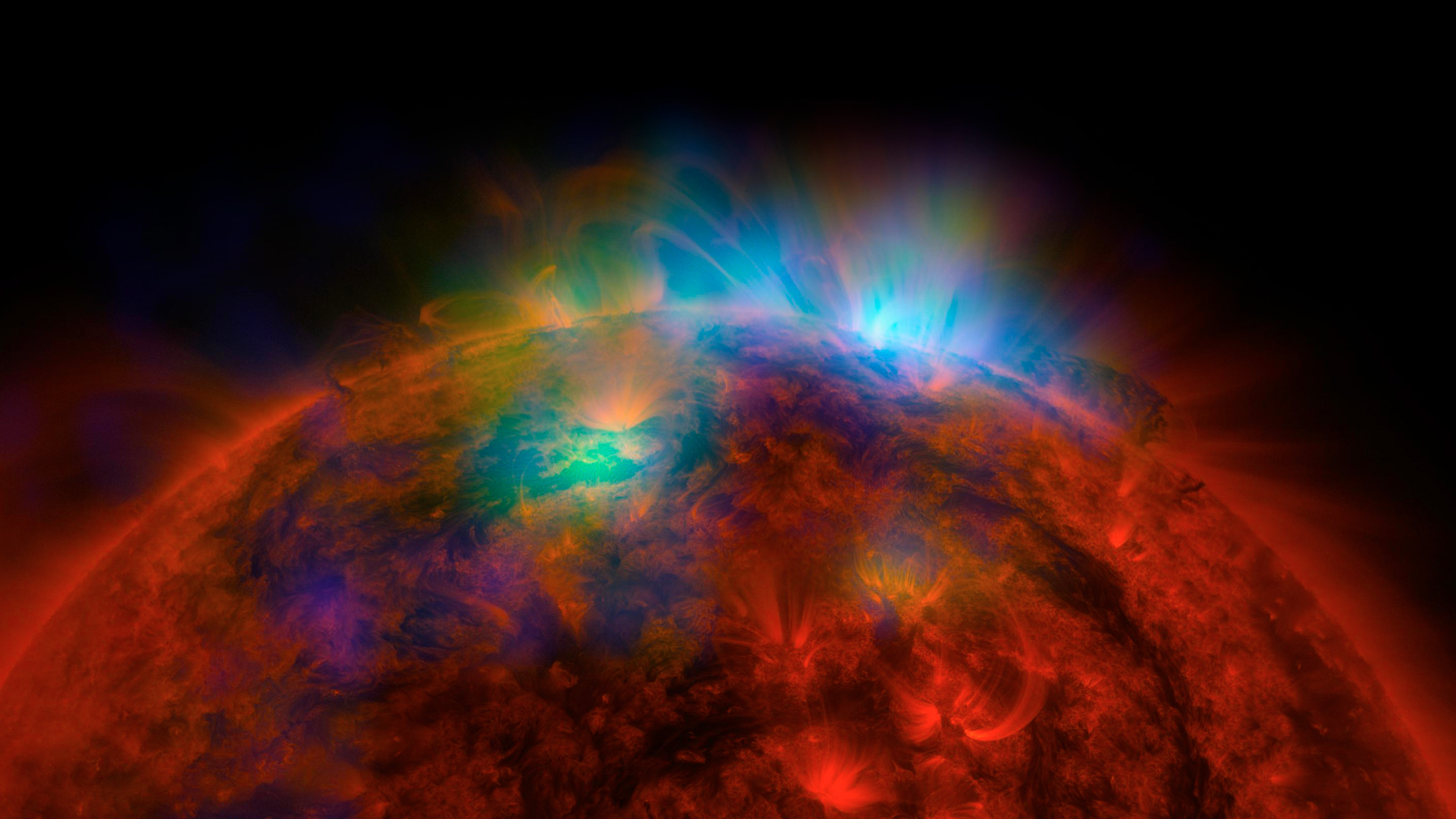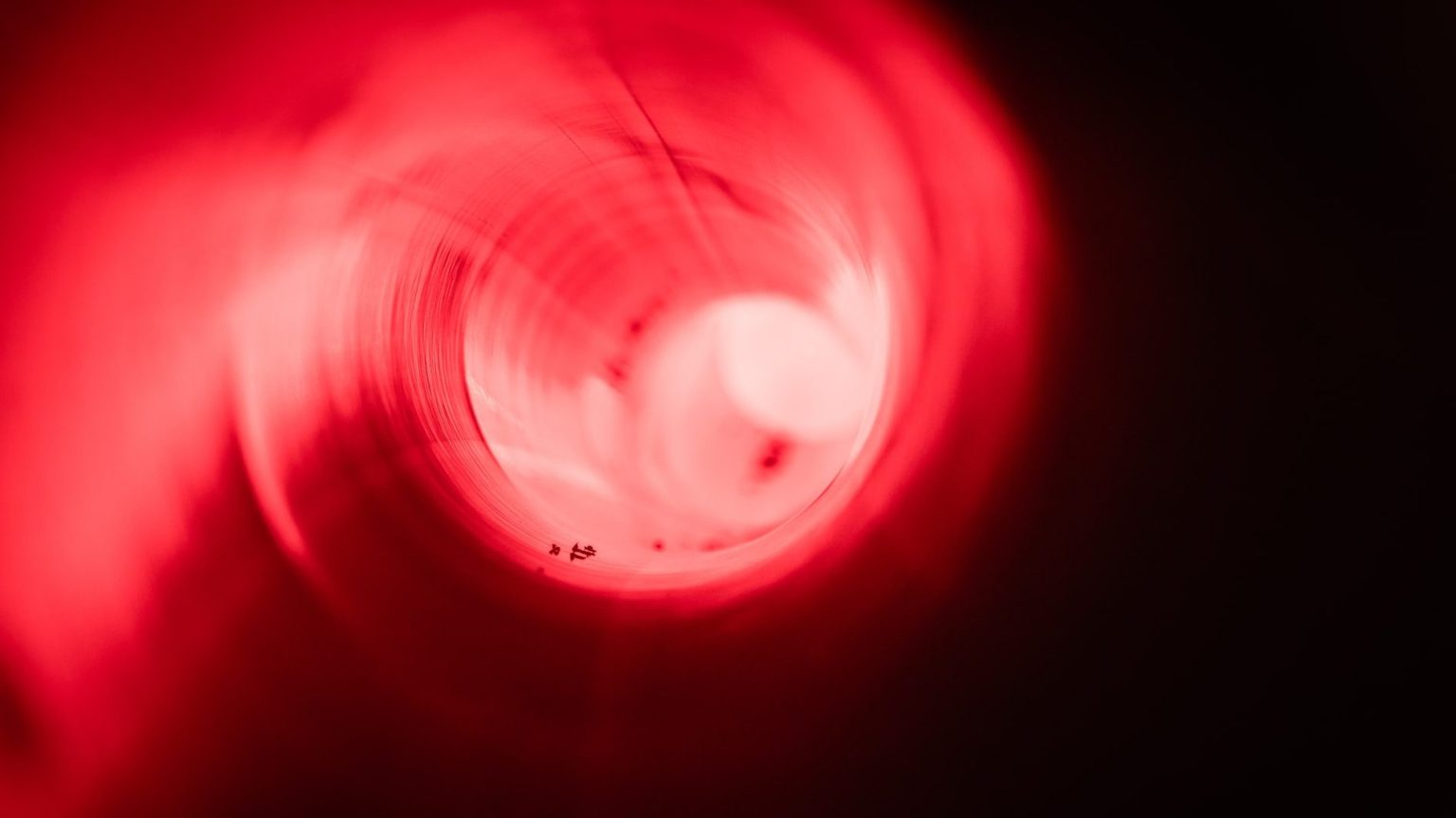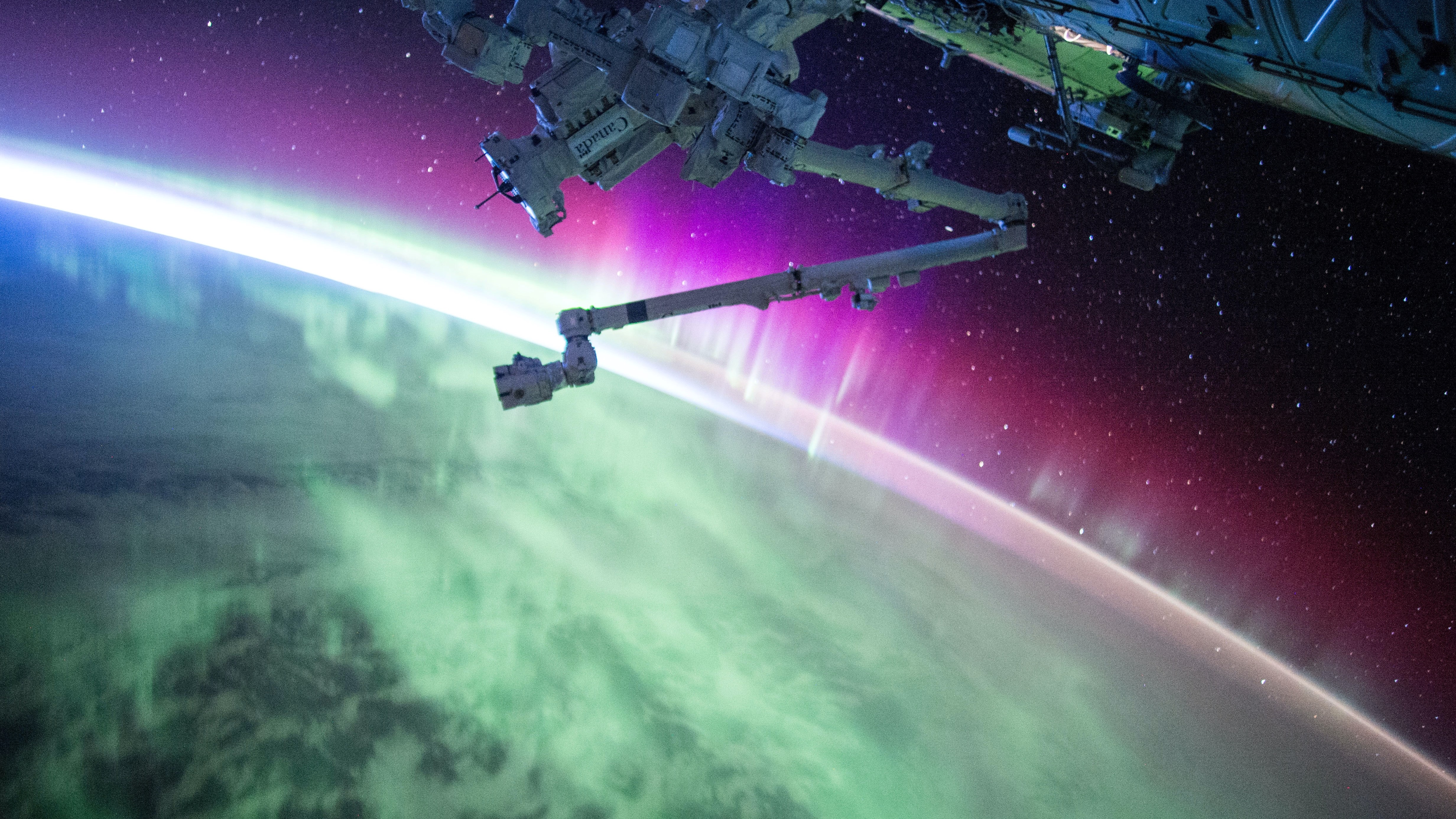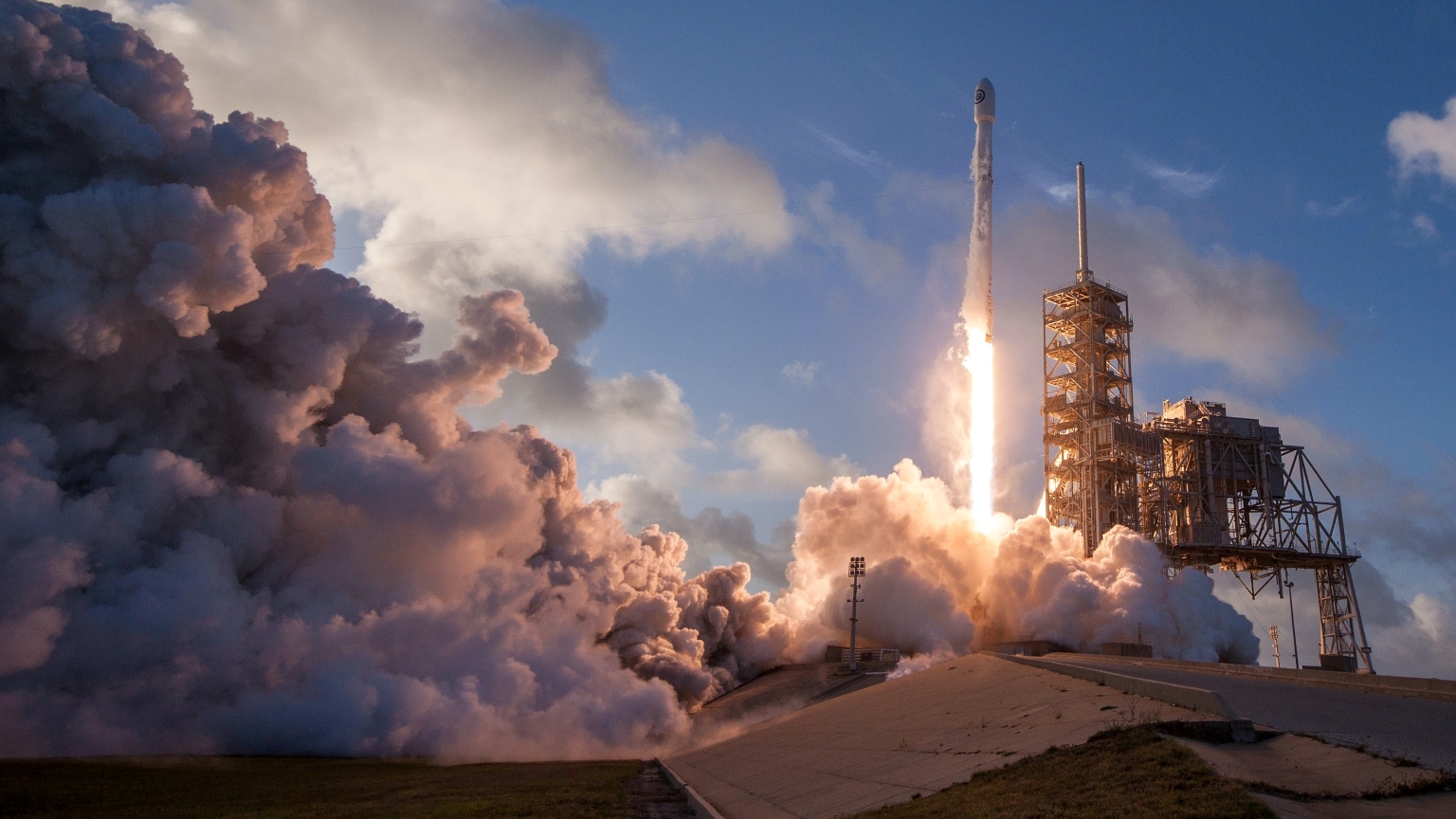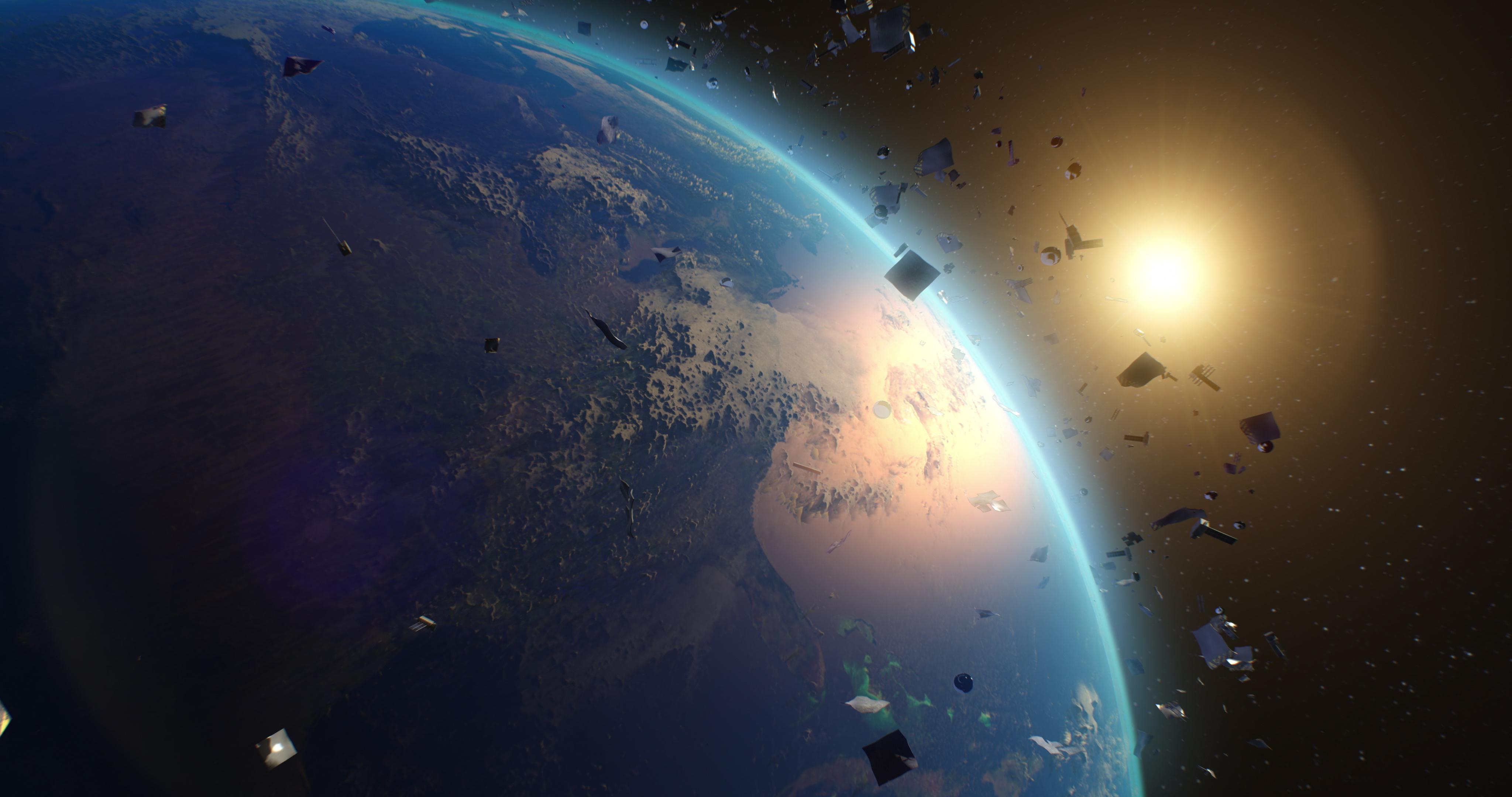NASA’s Artemis is humanity’s first step toward space colonization
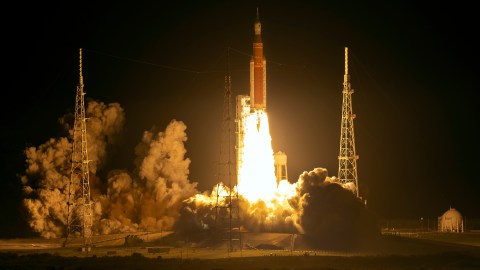
- The Artemis program is about a lot more than one single launch. It’s about the long-term future of humanity.
- The plan is eventually to establish a permanent Moon base near the lunar south pole, where water most likely resides in crater shadows.
- Artemis will take the first steps toward building an infrastructure for expanding into the Solar System.
In the early morning hours of Wednesday, November 16, NASA successfully launched the first test of its Artemis I space launch system. Because the launch was postponed a number of times by technical problems or bad weather, there was fear that some misfortune hung over the mission. Along with the $4.1 billion price tag attached to this launch alone, the setbacks had commentators asking what exactly the point was of all this effort.
But while there are valid criticisms — for example about NASA not including reusable launch technologies — the naysayers miss a broader, vital point. The Artemis program is about a lot more than this one launch. It’s about the long-term future of humanity.
The path to lunar citizenship
Artemis is an ambitious program that includes a number of epoch-making goals and technologies. The first is the space launch system. While its looks seem to borrow from the Apollo-era Saturn V rocket, it has more going on. The system is a heavy lift machine designed to blast payloads weighing more than a hundred tons into lunar orbit or beyond. It will be the workhorse for Artemis’ space infrastructure plans, well beyond the orbit of Earth.
The Orion spacecraft is the next piece of the Artemis program. Crews of up to six astronauts will use Orion for long missions traveling to the Moon. After that comes the Lunar Gateway space station. Orbiting the Moon once a week on a long, narrow trajectory that will swing in a halo from 1,500 km to 70,000 km from the surface, the Lunar Gateway will be a research hub and staging area for astronauts, as well as a kind of garage to park equipment bound for the Moon’s surface. To reach the surface itself, Artemis will use the Starship human landing system. This SpaceX project will take humans to and from the Moon using the awesome Starship heavy capacity rocket. Where these astronauts will go is the most exciting part of the Artemis program’s goals. The plan is to eventually establish a permanent Moon base near the lunar south pole, where water most likely resides in crater shadows.
Artemis will take us past the Moon
It is worth noting that Artemis is a public, private, and international effort. It brings together the space agencies of the U.S., Japan, Europe, and Canada. The HERACLES robotic lander, a big part of Artemis’ infrastructure for Moon base resupply, will be developed by the other space agencies.
So why does any of this matter? We went to the Moon already. Why do we need to go back?
Well, Artemis is about more than just going to the Moon. What Artemis will do is take the first steps toward building an infrastructure for expanding into the Solar System. Human beings haven’t left Earth orbit for 50 years, but even so, the real action for the future is beyond the Moon. To become a true spacefaring species, we must learn to traverse all the terrain we find among the planets. That’s where the true opportunities are.
Imagine humanity survives climate change — that we have at least as much time in front of us as we have lived since, say, the Roman Empire. What are we going to do? Where is our future? The answer without a doubt is in the Solar System. We are going to expand into every nook and cranny we can find on Mars, on the moons of the big gas-giant planets, and on free-floating habitats. We will expand, explore, and build, because that is what we have always done. We will create new societies and experiment with new social forms that will hopefully allow more freedom, equality, justice, and expression. And we will do all of it in ways that enhance Earth’s precious biosphere — once you get out there, it becomes obvious that Earth really is precious.
Artemis, with its heavy launch vehicles, lunar orbiting space stations, and permanent Moon base, is about so much more than the Moon. It’s about everything beyond the Moon. It’s about what the next few hundreds or even thousands of years of humanity’s future will be. It’s about everything we can and should become.
And it all started Wednesday, from launch pad LC-39B, at just about 2 a.m.
